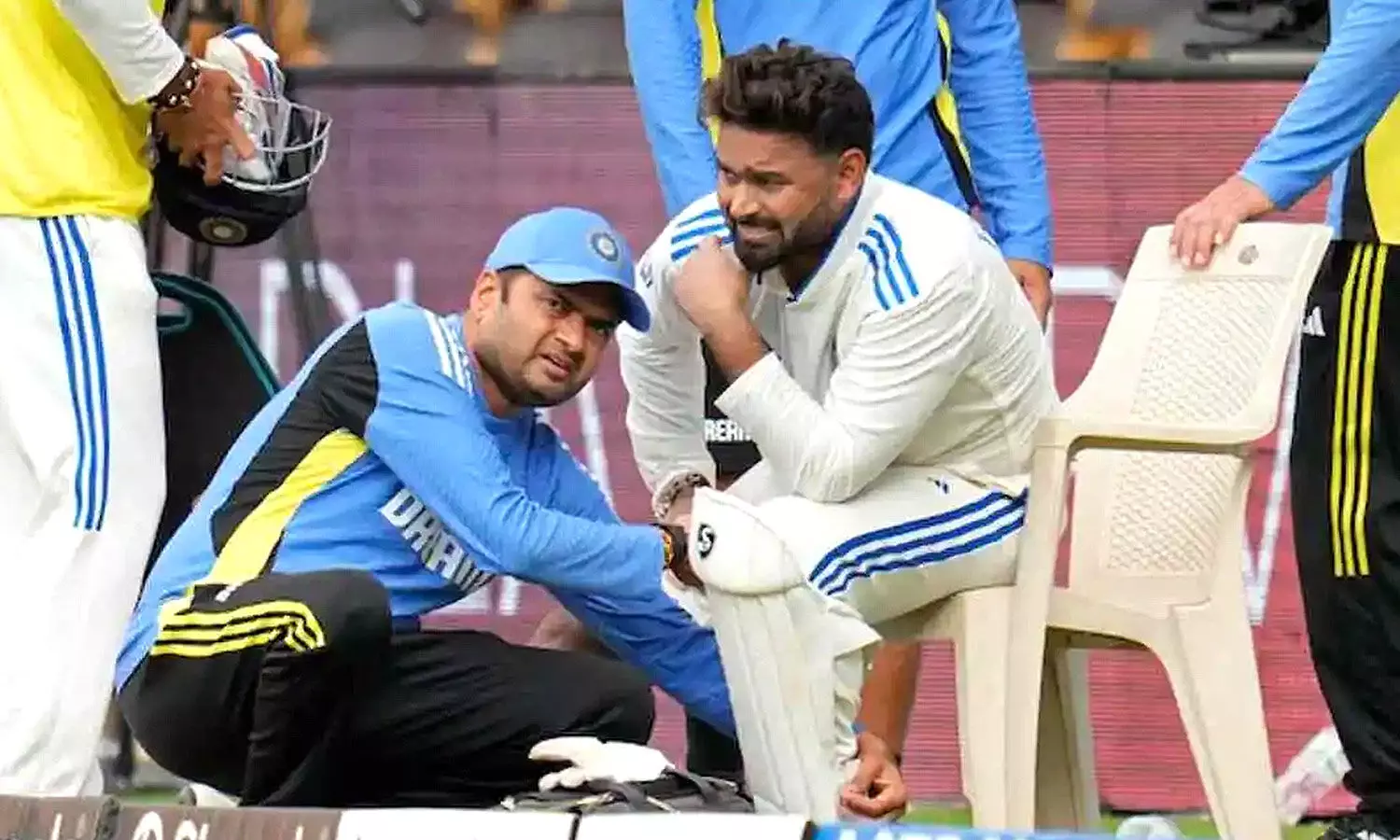Can Regenerative Therapies Accelerate Athlete Recovery?
Discover how regenerative therapies like stem cell therapy, PRP, and gene therapy offer promising solutions to help athletes recover faster from injuries and get back in the game.
Regenerative Therapy

Injuries are a common occurrence in sports and exercise, though a fortunate few manage to avoid them. For athletes, however, injuries can be devastating, often sidelining them for seasons or even ending their careers. Recently, Indian cricket star Rishabh Pant took a blow to the same knee that had previously undergone surgery following his car accident last year. As a result, Pant is reportedly set to miss the upcoming second test match in Pune. Similarly, Indian Navy Captain Atool Sinha broke his hand last month during an offshore double-handed world championship in Lorient, France.
These incidents raise the question of how athletes recover from such injuries and return to their peak form. While traditional treatments like surgery and physical therapy have long been standard, regenerative therapies are now emerging as promising alternatives.
Regenerative Therapies for Athlete Injuries:
Here are four key regenerative therapies used for treating athlete injuries:
1. Stem Cell Therapy
Stem cells, which can develop into various types of tissue, are injected into injured areas to help regenerate damaged tissue, reduce inflammation, and promote healing.
Benefits: May reduce pain, improve mobility, and speed up recovery.
2. Platelet-Rich Plasma (PRP) Therapy
PRP involves injecting concentrated platelets, rich in growth factors, into injured areas to stimulate tissue repair and reduce inflammation.
Benefits: Can aid in pain reduction, improved function, and faster healing.
3. Exosome Therapy
Exosomes, small vesicles containing proteins and molecules involved in cell communication, are injected into injuries to promote tissue regeneration and reduce inflammation.
Benefits: May enhance pain relief, improve function, and accelerate healing.
4. Gene Therapy
Gene therapy introduces specific genes into cells to treat injuries by targeting inflammation or tissue repair processes.
Benefits: Could offer a targeted approach and potentially long-lasting effects.
Common Injuries Treated with Regenerative Therapies:
- Muscle tears (strains and ruptures)
- Tendinitis (tendon inflammation)
- Ligament sprains (overstretching or tearing of ligaments)
- Cartilage damage (joint tissue injuries)
Challenges of Regenerative Therapies:
- Efficacy: The long-term effectiveness is still under study.
- Safety: There may be potential risks or side effects.
- Cost: These therapies can be expensive.
-Availability: Access to these treatments may be limited in certain regions.
The effectiveness of regenerative therapies varies depending on individual circumstances, specific injuries, and other factors.

